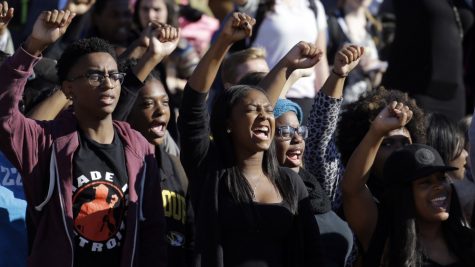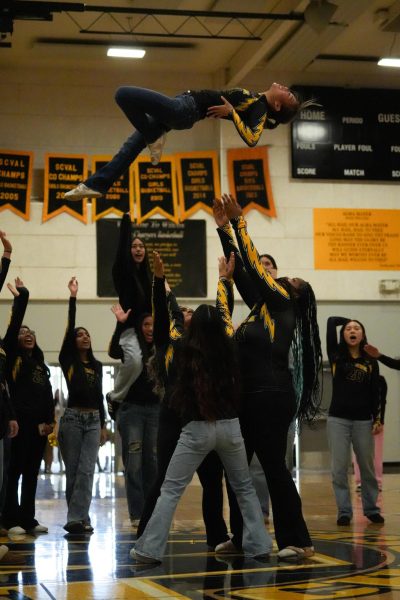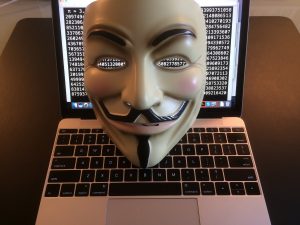Fighting Oppression with Oppressive Facilitation

In light of current national and worldwide events, it may seem that 1954 and many of the events transpiring within that time lack prevalence to today. In the grand scheme of things, it is reasonable to relate the given year to be vastly outdated. Yet, the desegregation of schools within America, brought forward by the Supreme Court ruling of segregated schools being “unconstitutional,” in 1954, is still applicable to this day.
Earlier this year, many black students attending university called for segregated safe spaces across campus to provide exclusive areas for African American Students. As stated by a spokesman for the University of California, Robert Lopez, the space is provided for a “focus on academic excellence and learning experiences that are inclusive and non-discriminatory.” While some may not agree with segregated living spaces, it is important to recognize that such provisions have become a necessity to members of the black student collective around the country, as universities have failed to provide a safe environment within campuses.
The issue in particular is a rather daunting and personal one based upon my heritage as a South African Citizen. As a child growing up, I was tethered towards fighting against racial oppression and speaking up against unjust cases. Though I was fortunate enough to have grown up in a “Born Free Generation,” whereas during Apartheid, government supported racial segregation in South Africa was a matter of past legislation and social enmity.
Despite the few years that had passed by the time I was born, I was well educated about how civil disobedience and the value of fighting oppression is a matter that should never be forgotten. In our current time, how could it be? As a student in the 1980’s, my father found himself subjected to “the indignity of segregated buses to university, campus residence, dining halls and even restrooms.” He found the need to return to such practices appalling, even through voluntary means. Through his own experiences with apartheid he had stated “One should be able to associate and study in an environment of freedom with no fear of segregation, discrimination and harassment.”
Segregation should not have to be the only option to combat hate, but it certainly has become one with continued violence, given how students must fight oppressive nature with equally oppressive means, even for their own benefit.
Racially directed violence has been made too apparent of an issue that the basis of causation to the correlation need not be made. Racism on college campuses is still a modern issue that calls for immediate recognition. The magnitude of present day racism in colleges is atrocious. During the month of September, harassment had become a central issue in the University of America in Washington D.C. Incidents in the past include a number of female black freshman students having bananas thrown at them by a group of white students.
On another occasion, black students were physically attacked on a bus route to their respective universities in Albany as other students touring Texas A&M were greeted with racial slurs pleading “go back where you came from!”
It is important to acknowledge that not all white students are responsible for this. However, it is still an issue in higher education systems. According to The National Center for Educational Statistics and the Bureau of Justice Statistics, 781 hate crimes were present in universities alone in 2013. Oppression has proven to be a still relevant issue.





